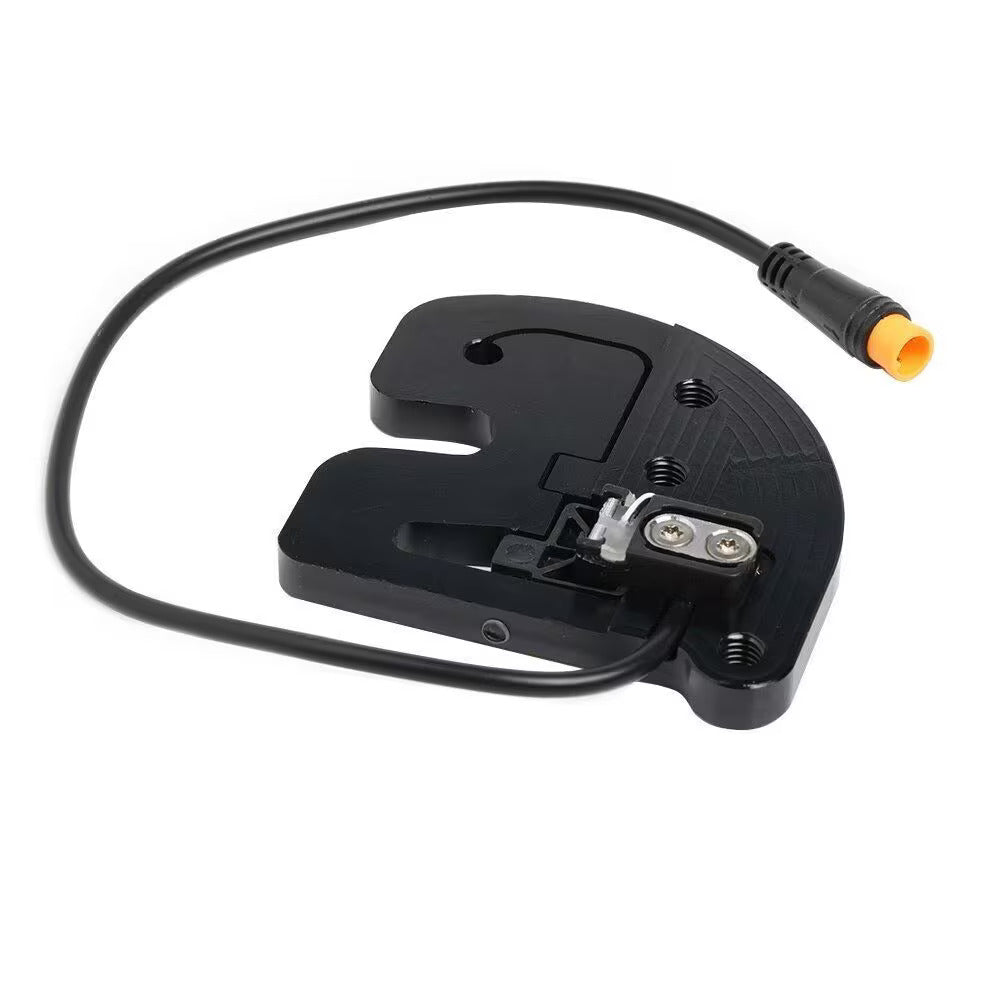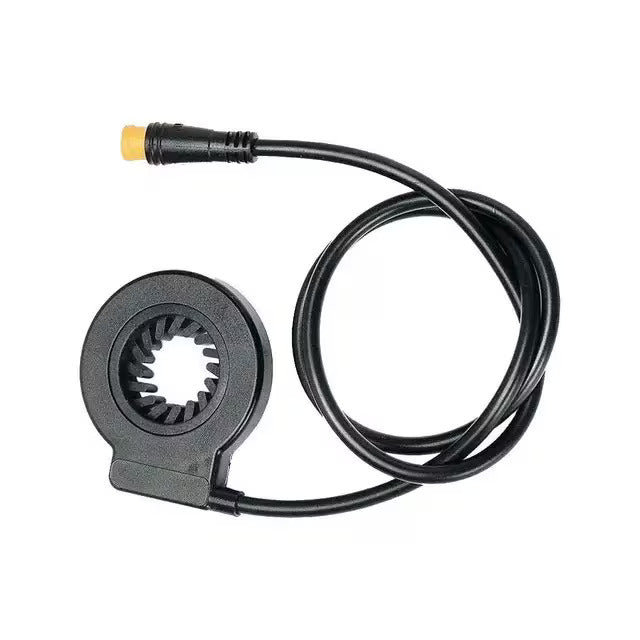Electric bikes have transformed cycling, offering a range of power-assist modes tailored to rider preferences. Two prominent power modes, Torque Sensor Pedal Assist and Cadence Sensors, significantly impact the eBike experience. Understanding these power modes is essential in choosing the perfect eBike adventure. In this guide, we'll dive into Torque Sensor Pedal Assist and Cadence Sensors, unraveling their mechanics, benefits, and applications to empower riders in selecting the ideal electric biking experience.
Torque Sensor

Torque Sensor Pedal Assist functions by detecting the pressure applied to the pedal. As riders exert force, the sensor measures the torque, instantly providing proportional electric assistance. This system ensures a natural and responsive ride, dynamically adjusting the motor's power output to match the rider's effort.
Pros
- Natural Riding Feel: Offers an intuitive riding experience, aligning the assistance with the rider's exertion for a seamless boost.
- Efficiency: Matches assistance to the rider's effort, optimizing battery use for extended rides.
- Terrain Adaptability: Provides increased power for tackling inclines or varied surfaces.
- Enhanced Control: Allows precise speed and power control, ensuring a smoother ride.
Cons
- Higher Cost: Generally, Torque Sensor systems are pricier due to their advanced technology.
- Pressure Dependency: Requires consistent pedal pressure, potentially causing fatigue on longer rides.
- Limited Availability: These systems might be less widely available in the market, limiting choices for specific bike models or brands.
- Less Suited for Small Wheels: Torque Sensor systems might not perform optimally on eBikes with smaller wheels, such as 20-inch wheels, due to challenges in achieving consistent torque levels. The smaller wheel diameter might impact the accuracy of the sensor's readings, affecting the system's responsiveness and efficiency.
Cadence Sensor

Cadence Sensor systems detect pedal rotations using magnets placed around the crankshaft or pedal axle. As you pedal, these sensors detect rotations and signal the motor to provide assistance based on predetermined speed settings. Cadence systems offer consistent assistance, ideal for riders seeking steady support, regardless of pedal force.
Pros
- Consistent Assistance: Delivers steady assistance regardless of rider exertion, maintaining a consistent power level.
- Cost-Effectiveness: Generally more affordable, making eBikes with Cadence systems accessible.
- Simplicity: Simplified technology might require less maintenance.
Cons
- Less Responsiveness: May feel less intuitive than Torque Sensor systems.
- Battery Efficiency: Continuous assistance may drain the battery faster, potentially reducing range per charge.
Conclusion
Choosing between Torque Sensor Pedal Assist and Cadence systems depends on individual preferences and specific bike characteristics. Torque Sensor systems excel in delivering a superior riding experience, especially for larger bikes, offering intuitive control and adaptability across varied terrains. Conversely, Cadence systems are better suited for smaller bikes with 20" wheel sizes, providing consistent assistance and cost-effectiveness. Both power modes offer unique benefits, enriching the eBike journey and catering to various riding styles and bike sizes.










